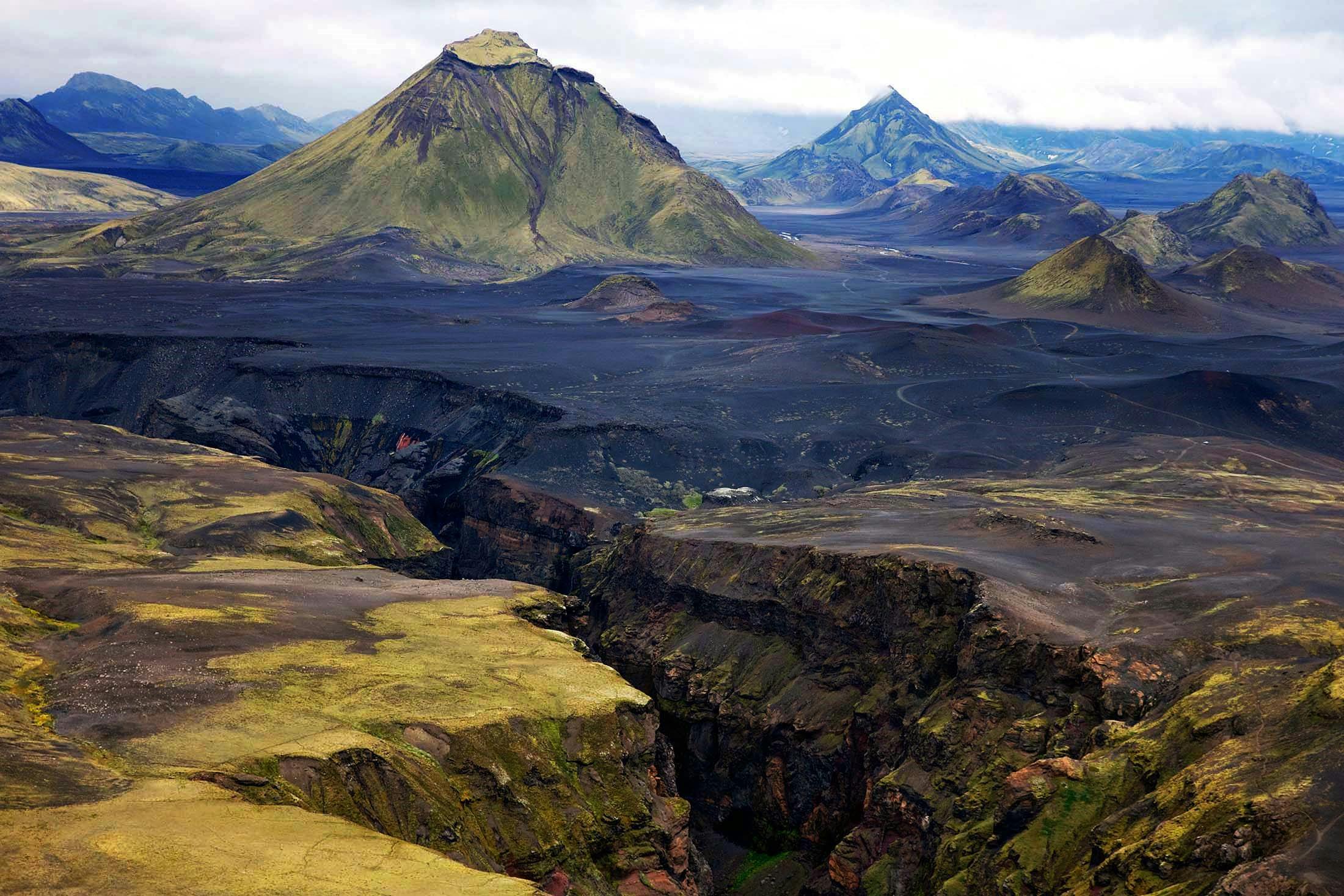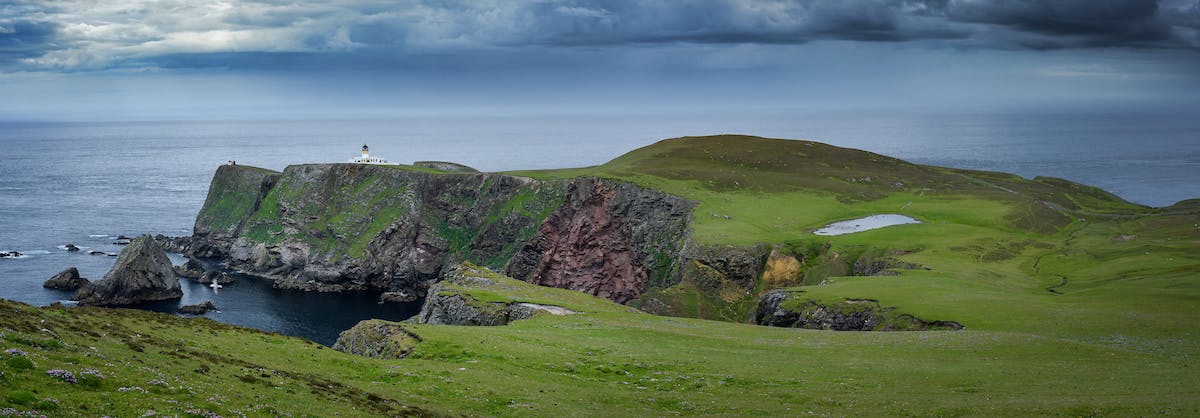The History of Sicilian Wine: Why Is Winemaking in Sicily an Act of Resistance?
For millennia, Sicily has existed as a center of gravity for viticulture. The largest island in the Mediterranean, it rests above the boundary of the Eurasian and African plates, an ongoing force of geological friction. Three active volcanoes — Stromboli, Etna and Lipari — continue to spew fire, while other nearby volcanoes remain dormant.
“Winemaking is an act of resistance,” says sommelier Gherardo Fabretti, in awe of the scarcity of rain that falls upon vines planted in volcanic soil on the Aeolian Islands, just north of Sicily, where excellent dessert wine is produced. Fabretti has seen Sicilian wine — Mount Etna wines, in particular — explode in popularity during his lifetime. As an Italian wine expert, Fabretti hopes that more of Sicily’s terroir beyond Etna will soon attract recognition throughout the world. As he and many others will say, there are many Sicilys within Sicily.

What makes Sicilian wine unique
You cannot pinpoint a certain “Sicilian” flavor profile. Native grapes, like Frappato, Nerello Mascalese and Cataratto, provide too narrow of an understanding for what’s actually happening on the island. The number of producers on the island is estimated, while the number of hectares cultivated and liters can be calculated to an exact number. Still, production can be a misleading marker since Sicily once produced and exported much more wine, but of lower quality.
If one accounts for Italy’s diverse viticulture — 590 grape varieties and over 500 wine regions — it’s more than Spain, France and Greece combined. White, red, sparkling, structured, dry, salty, lemony, fruity, effervescent… Italy has no rival. And if you take Sicily, Italy’s “piccolo continente,” with its varied soil, range of elevations and breezes from Africa, it’s truly like a small continent. The wine grown in Sicily is majestic and intriguing because of its diversity.
In the 1970s, the Italian wine renaissance took off from North to South. Winemaking in the North of Italy gained traction, especially in the US, where red wine dominated the collective palate. But gradually, Sicilian wineries, including those growing white varietals, won increasing attention and notoriety as the major players and small producers using biodynamic practices began to focus on low-yields of exceptional quality.
In a way, Sicilian wine has restored some of its prowess from the turn of the 20th century when production was high. But the techniques from the past three decades have since evolved, especially those used on the eastern volcanic coast of Sicily on Mount Etna. All of these factors have propelled Sicilian wine into a new era, one where Etna wine is the darling.

Enigmatic Mt. Etna
Mount Etna’s enigmatic terrain — arguably one of the most extreme places in the world to grow vines — enraptures oenophiles. Many have climbed its lunar slopes for a tour of the vineyards thriving at 2,000 feet, catching a view of the volcano’s smoldering head and a whiff of the ashen winds that rip through as currents merge off the Ionian Sea. There’s no better way to experience the genius of Mother Nature and the brilliance of enologists.
October marks harvest time on the volcano. “A month of mystery,” the acclaimed enologist, Salvo Foti, said of the moment in a beautiful essay for Armando Rotoletti’s book, “Etna: Wine & People.” Foti watched his grandfather make wine on the volcano and lived through many Octobers ripe with anxiety, trepidation and excitement. Any sign of rain could “strike fear in our hearts,” he said.
Eager to taste Sicilian wine? Learn about a bounty of Italian varietals on a Silversea sailing in the Mediterranean.



















